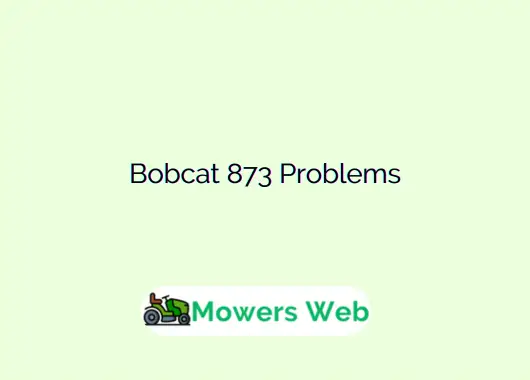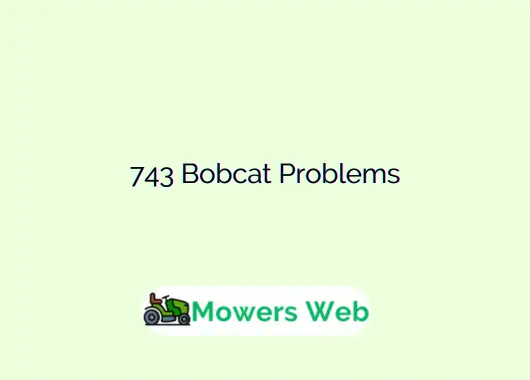Owners and operators of the Cat 299D often encounter specific problems that can affect performance, productivity, and maintenance costs.
In this post guide, we’ll explore the most common issues with the Cat 299D, their causes, and practical solutions to keep your machine running smoothly.
Cat 299D Problems
1. Hydraulic System Issues
The hydraulic system is the heart of the Cat 299D, powering its lift, tilt, and auxiliary functions. However, operators frequently report problems such as sluggish response, leaks, or complete hydraulic failure.
Common Symptoms:
- Slow or jerky movements of the bucket or attachments.
- Hydraulic fluid leaks around fittings or hoses.
- Loss of lifting power or inability to maintain pressure.
Causes:
- Contaminated Hydraulic Fluid: Dirt or water in the hydraulic fluid can damage pumps, valves, and seals.
- Worn Seals or Hoses: Over time, seals and hoses degrade due to high pressure and environmental exposure.
- Overheating: Prolonged operation in hot conditions can cause the hydraulic fluid to break down.
Solutions:
- Regularly check and replace hydraulic fluid according to Caterpillar’s maintenance schedule (typically every 1,000 hours or as specified in the manual).
- Inspect hoses and fittings for wear and replace them promptly to prevent leaks.
- Ensure the hydraulic system is not overworked by avoiding excessive loads or continuous operation in extreme heat. Use a hydraulic fluid cooler if necessary.
- Flush the system and replace filters to remove contaminants.
Related John Deere Cool Gard Alternative(Top 5 Best Picks 2025)
2. Track and Undercarriage Problems
The Cat 299D’s tracks and undercarriage are designed for durability, but they face significant wear and tear, especially in rugged terrains.
Common Symptoms:
- Uneven or excessive track wear.
- Tracks slipping off or derailing.
- Sprocket or roller damage.
Causes:
- Improper Tensioning: Tracks that are too tight or too loose can wear prematurely or derail.
- Debris Buildup: Mud, rocks, or other debris can get lodged in the undercarriage, causing damage.
- Neglected Maintenance: Failure to lubricate or clean the undercarriage accelerates wear.
Solutions:
- Check track tension daily and adjust according to the operator’s manual. Proper tension prevents excessive wear and derailment.
- Clean the undercarriage regularly to remove debris, especially after working in muddy or rocky conditions.
- Inspect rollers, idlers, and sprockets for wear and replace damaged components promptly.
- Use genuine Cat parts for replacements to ensure compatibility and longevity.
Related John Deere 325G Problems(5 Causes + Solutions)
3. Electrical System Failures
Modern compact track loaders like the Cat 299D rely heavily on electrical systems for controls, sensors, and diagnostics. Electrical issues can lead to operational downtime.
Common Symptoms:
- Failure to start or intermittent power loss.
- Malfunctioning gauges or warning lights.
- Error codes are displayed on the control panel.
Causes:
- Battery Issues: Weak or dead batteries can prevent starting or cause erratic behavior.
- Wiring Damage: Exposed or frayed wires due to vibration or environmental factors can lead to shorts.
- Sensor Failures: Faulty sensors can trigger error codes or disable certain functions.
Solutions:
- Test the battery regularly and replace it every 2–3 years or when it shows signs of weakness.
- Inspect wiring harnesses for damage, especially in areas exposed to vibration or moisture. Secure loose connections and replace damaged wires.
- Use a diagnostic tool to read error codes and pinpoint faulty sensors. Replace sensors with OEM parts to avoid compatibility issues.
- Keep electrical components clean and protected from water ingress.
Related Bobcat Hydraulic Oil Equivalent Chart(Complete Guide)
4. Engine Performance Problems
The Cat 299D’s diesel engine is robust but can experience issues that affect power and efficiency.
Common Symptoms:
- Reduced power or sluggish performance.
- Excessive smoke or unusual noises.
- Overheating or difficulty starting.
Causes:
- Clogged Fuel Filters: Dirty filters restrict fuel flow, reducing engine performance.
- Air Intake Issues: A clogged air filter can starve the engine of oxygen, leading to poor combustion.
- Cooling System Problems: Low coolant levels or a malfunctioning radiator can cause overheating.
Solutions:
- Replace fuel and air filters as part of routine maintenance (every 500 hours or as recommended).
- Check the fuel system for water contamination and drain the water separator regularly.
- Monitor coolant levels and inspect the radiator for blockages. Clean the radiator fins to ensure proper airflow.
- Schedule professional servicing if the engine shows persistent issues, as internal problems may require specialized repairs.
Related Mower Productivity Calculator
5. Operator-Related Issues
Some problems with the Cat 299D stem from improper operation or lack of training, which can exacerbate mechanical issues.
Common Symptoms:
- Frequent breakdowns due to overloading or misuse.
- Inconsistent performance is tied to operator error.
- Premature wear of components.
Causes:
- Overloading: Exceeding the machine’s rated operating capacity can strain the hydraulic system and undercarriage.
- Incorrect Operation: Improper use of controls or attachments can lead to damage.
- Neglecting Pre-Operation Checks: Failing to inspect the machine before use can allow small issues to escalate.
Solutions:
- Train operators thoroughly on the Cat 299D’s controls, load limits, and best practices.
- Follow the rated operating capacity (ROC) guidelines, typically around 3,200–3,600 lbs for the 299D, depending on configuration.
- Perform daily pre-operation checks, including fluid levels, track condition, and attachment security.
- Use the correct attachments for the task and ensure they are properly installed.
Related Antifreeze for Tractor Tires(Discover the Best Antifreeze Now)
Preventive Maintenance Tips
To minimize problems with the Cat 299D, proactive maintenance is key. Here are some general tips:
- Follow Caterpillar’s maintenance schedule religiously, including fluid changes, filter replacements, and inspections.
- Keep a detailed service log to track maintenance and identify recurring issues.
- Use only genuine Cat parts and fluids to ensure compatibility and performance.
- Store the machine in a dry, sheltered environment to protect it from weather-related damage.
- Schedule annual professional inspections to catch potential problems early.
FAQs
How much will a Cat 299D lift?
The Cat 299D has a rated operating capacity of approximately 2,975–3,200 lbs, depending on configuration and attachments.
What is the difference between Cat 299D2 and 299D3?
The 299D2 features a 95 HP engine, while the 299D3 has a 98 HP engine with improved emissions compliance, enhanced controls, and updated technology for better efficiency.
What engine is in a Cat 299D?
The Cat 299D is equipped with a Cat C3.8 DIT (Direct Injection Turbo) diesel engine, typically delivering 95 HP.
Why is my Cat skid loader going slow?
Slow performance may be due to low hydraulic fluid, clogged filters, worn tracks, or engine issues. Check fluid levels, filters, and maintenance records.
Is a Cat 299D high flow?
Yes, the Cat 299D offers an optional high-flow hydraulic system, delivering up to 40 GPM for powering demanding attachments.
Final words
The Cat 299D is a reliable and powerful compact track loader, but it’s not without its challenges. Hydraulic issues, track wear, electrical failures, engine problems, and operator errors are among the most common problems reported by users.
By understanding these issues and implementing regular maintenance and proper operating practices, you can extend the life of your Cat 299D and keep it performing at its best. If you encounter persistent issues, consult a certified Caterpillar technician or refer to the machine’s service manual for detailed diagnostics and repairs.




